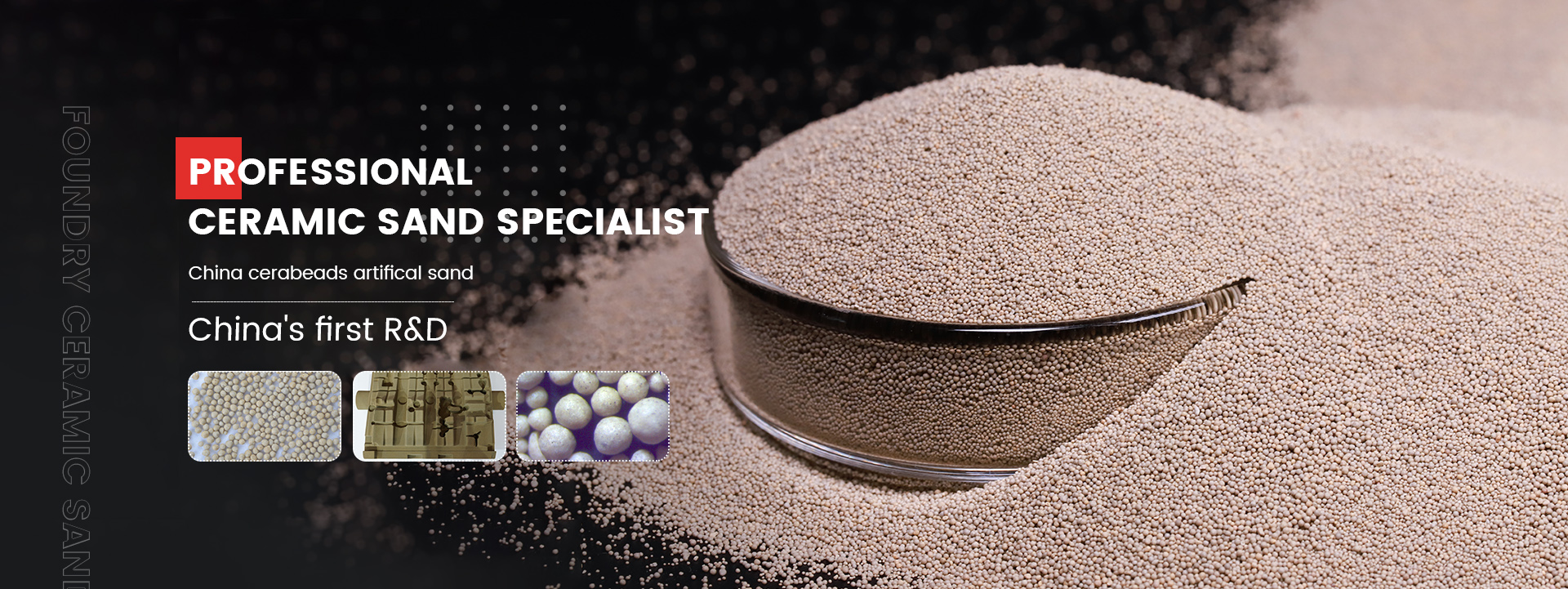The Art and Science of Hard Sand Casting
Hard sand casting, a prominent technique in the metalworking industry, involves the use of a mixture of sand and a binding agent to create molds for casting various metal objects. This method is particularly valued for its ability to produce high-definition patterns and complex shapes with remarkable accuracy. As technology continues to evolve, hard sand casting remains a relevant and effective choice for many manufacturing applications.
The process begins with the preparation of the mold. The key ingredients—sand, a bonding agent (such as resin), and hardening additives—are carefully mixed to achieve a consistency that allows the composite to hold its shape while providing the necessary strength. The quality of the sand and the type of binder significantly affect the final product's durability and surface finish. After mixing, the sand is packed around a pattern of the object to be cast, often made of metal or plastic, which is subsequently removed once the mold has hardened.
One of the standout features of hard sand casting is its ability to produce intricate designs with fine details
. The rigidity of the hardened sand ensures that even complex geometries can be reproduced accurately, which is crucial for industries such as automotive, aerospace, and artistic sculpture. The molds are also reusable, making this method not only cost-effective but also environmentally friendly as it minimizes waste.hard sand casting

After the mold is created, molten metal—often aluminum, bronze, or iron—is poured into the cavity. The choice of metal depends largely on the intended application and desired properties of the finished product. Once the metal cools and solidifies, the mold is broken away to reveal the cast component. The casting process can produce various surface finishes, depending on the need; it may require further machining or finishing to achieve the desired aesthetic and functional characteristics.
However, while hard sand casting offers numerous advantages, it is not without challenges. The requirement for precise mold preparation can be time-consuming, and any imperfections in the mold can lead to defects in the final casting. Thus, skilled technicians play a pivotal role in ensuring the integrity of the casting process. Quality control measures are essential to maintain the accuracy and reliability of the cast parts, underscoring the importance of experienced personnel in this field.
In conclusion, hard sand casting stands out as a versatile and effective method within the realm of metal casting. Its ability to produce detailed and complex shapes, coupled with the reusability of molds, makes it an attractive option for many industries. As manufacturing processes continue to advance, hard sand casting may further evolve, integrating new technologies and materials that enhance its efficiency and output quality. Whether for large-scale production or bespoke items, hard sand casting will likely remain a cornerstone of metalworking for years to come.
Post time:آگوست . 30, 2024 07:43
Next:Types of Foundry Sand
